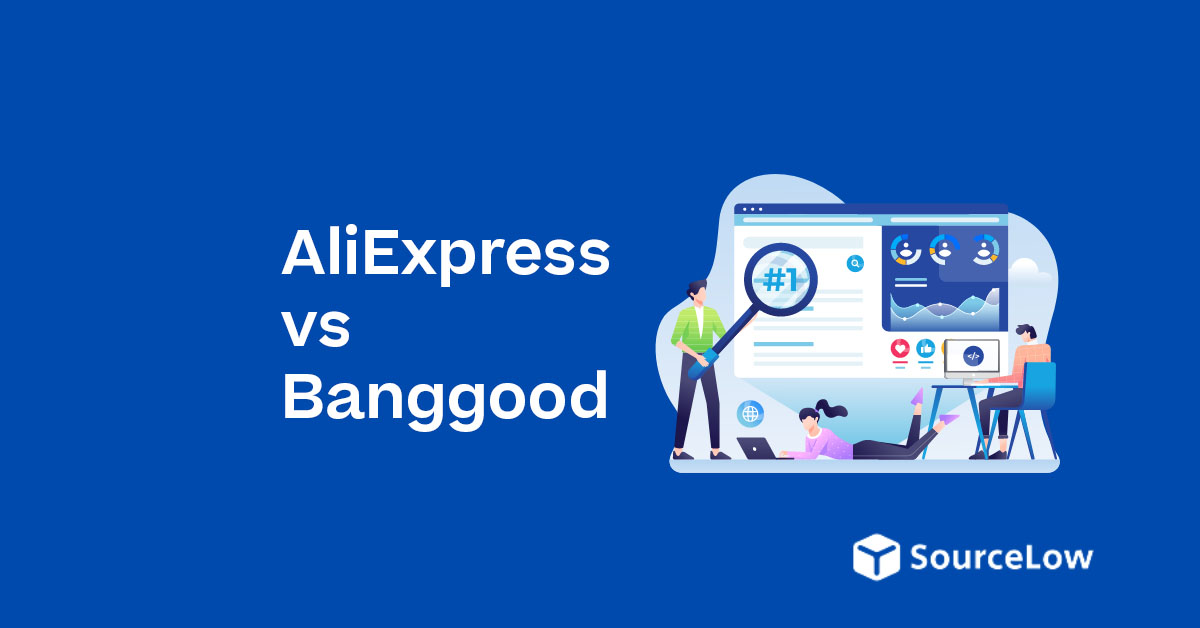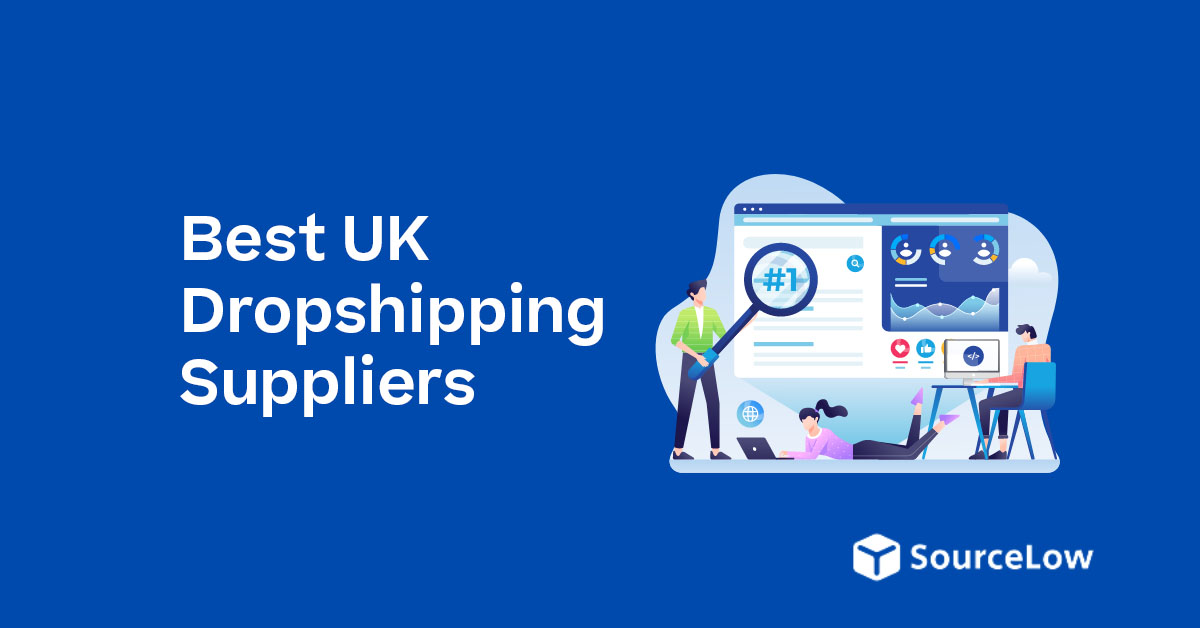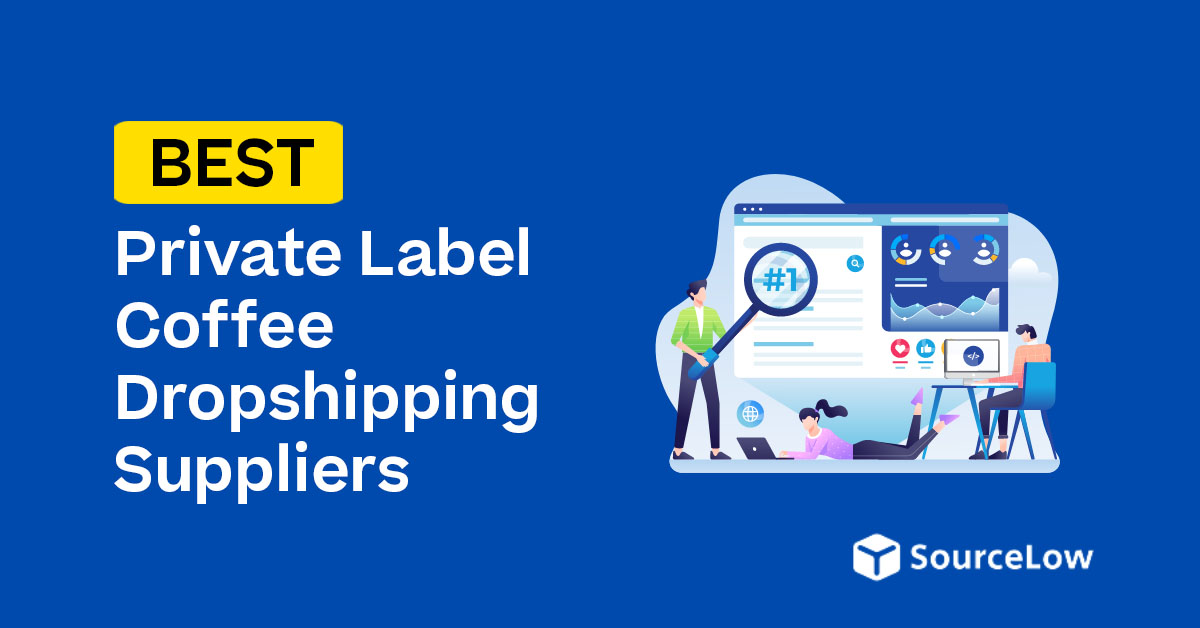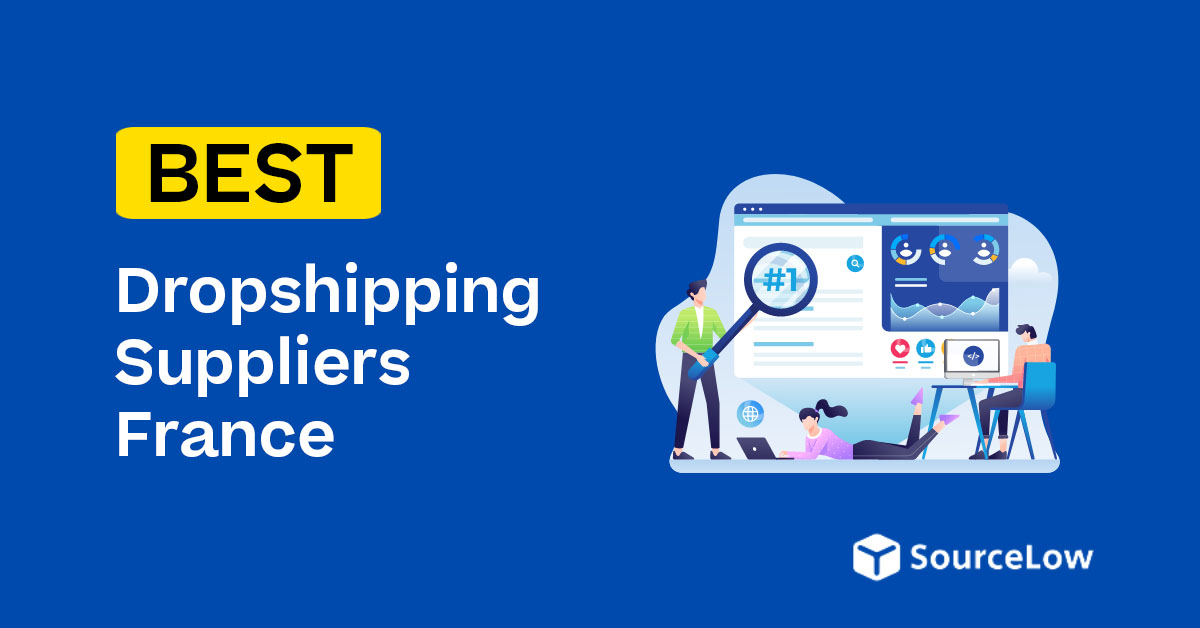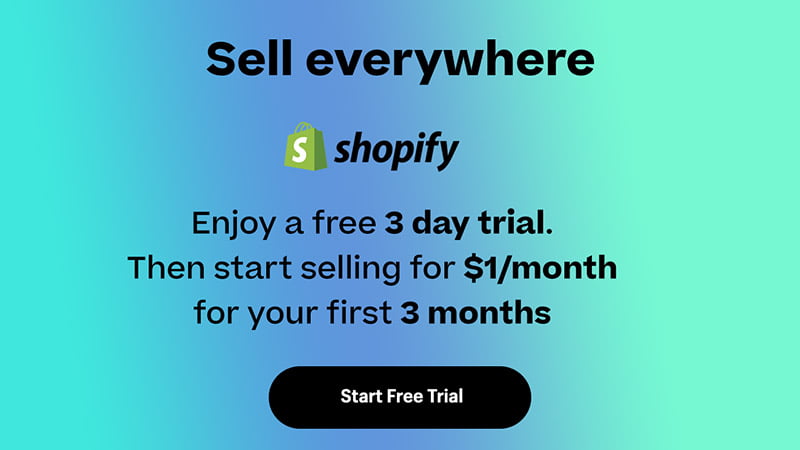Disclosure: We may earn a commission or fee from some of the links in our content. However, this does not affect our recommendations. Learn more.
If you’re running a dropshipping store or starting a white label brand, choosing between AliExpress vs Banggood isn’t just a casual decision — it affects your shipping time, refund rates, profit margins, and even your brand’s reputation.
Both platforms can work, but they serve different types of sellers.
If you’re testing products, AliExpress is convenient. If you’re scaling and want to build a brand, Banggood is more stable.
This guide breaks down everything that matters: shipping, supplier quality, integrations, white label options, support, and real margins.
Let’s break it down, step by step.
1. Product Range and Supplier Model
AliExpress
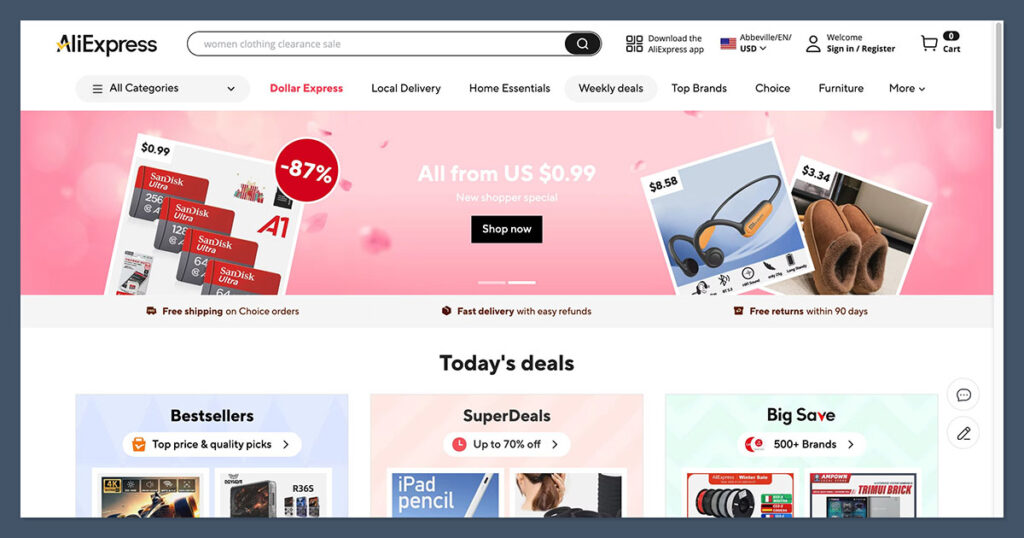
AliExpress has one of the largest product catalogs in the world — with millions of listings. The problem? Most of the sellers are middlemen, not manufacturers.
That means prices are marked up, and you’re often competing with 10 other stores selling the exact same product from the same listing.
- Millions of listings across every category
- Mostly third-party sellers or small wholesalers
- Product quality is inconsistent
- Price changes frequently based on demand and seller inventory
Banggood
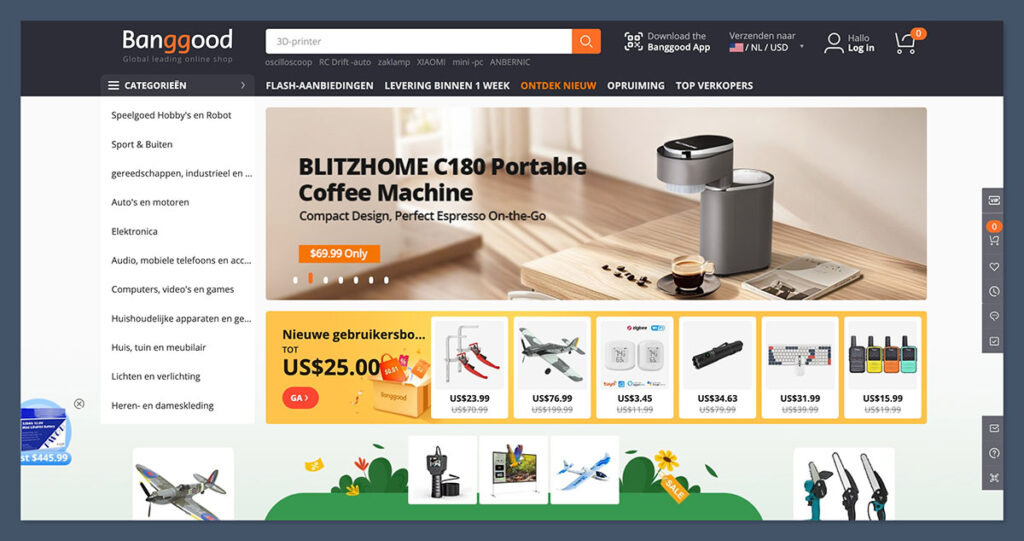
Banggood takes a more curated approach. It works directly with factories and has fewer listings — but more stable supply chains.
You’re less likely to deal with fake stock counts or disappearing listings.
- Over 1 million SKUs, but focused more on electronics, gadgets, home, and apparel
- Direct relationships with factories
- Offers a dedicated B2B and dropship program
- Better control over stock levels and reordering
Summary Table: Product Sourcing
| Platform | Supplier Type | Volume of Listings | Quality Control | Price Stability |
|---|---|---|---|---|
| AliExpress | Mostly third-party | High | Low | Variable |
| Banggood | Factory direct | Medium | Medium-High | More stable |
2. Shipping Times and Delivery Options
AliExpress
Shipping on AliExpress has become a mixed bag post-2021.
ePacket is gone, and what’s left are options like Cainiao and YunExpress — some fast, others not.
Many sellers offer 15–40 day shipping by default. It’s still usable, but delivery time is unpredictable.
- Shipping time: 12–40 days
- China Post, Cainiao, SunYou, Yanwen — tons of options, none consistent
- Expedited shipping (FedEx/DHL) costs kill profit margins
- Tracking isn’t always reliable
Banggood
Banggood has a clear advantage in this area. It owns warehouses in the US, UK, EU, and others. That means products can ship locally in 2–8 days for most Western markets.
- Shipping time: 2–15 days, depending on warehouse
- Global warehouses in over 10 countries
- Flat-rate shipping options with customs fees included
- Reliable tracking via local couriers
Summary Table: Shipping
| Platform | Avg Shipping Time | Local Warehouses | Tracking | Delivery Consistency |
|---|---|---|---|---|
| AliExpress | 12–40 days | No | Inconsistent | Low |
| Banggood | 2–15 days | Yes | Reliable | High |
3. Branding and White Label Options
AliExpress
AliExpress isn’t built for branding. Some sellers will offer custom packaging or invoices, but only if you’re ordering 100+ units per month.
There’s no platform-wide solution for white labeling unless you’re dealing with high volume or reaching out to suppliers manually.
- Limited white label features
- Requires manual negotiations with sellers
- MOQ for branded packaging often 100+
- No centralized support for brand development
Banggood
Banggood is far ahead here. Its dropshipping program lets you request white label products, branded invoices, and even private listings. With some SKUs, you can even start branding at just 50 units.
- Offers white label on many products
- In-app request feature for branding/customization
- Dedicated support team for B2B orders
- Branded shipping options available
Summary Table: White Label Features
| Platform | Branded Packaging | Custom Invoices | MOQ for Branding | Dropship Dashboard |
|---|---|---|---|---|
| AliExpress | Limited | Rare | 100+ units | Basic |
| Banggood | Available | Yes | 50–100 units | Full dashboard |
4. Returns, Disputes, and Support
AliExpress
Disputes on AliExpress can feel like pulling teeth. If an item doesn’t arrive or arrives broken, you can open a dispute — but it may take up to 2 weeks for resolution.
Many sellers fight refunds hard, and you risk chargebacks if you’re not careful.
- Refunds can take 14+ days
- Many sellers avoid responsibility
- Support is mostly automated
- Buyer protection is seller-dependent
Banggood
Banggood’s refund and dispute system is a lot cleaner.
They offer a 7-day DOA policy, and refunds are often processed within 48 hours for eligible claims.

For dropshippers, this means fewer chargebacks and angry customers.
- Refunds in 1–3 days
- Centralised customer service
- Returns accepted for faulty or incorrect items
- EU/US returns accepted for many products
5. Integrations, Tools, and Dropship Features
AliExpress
AliExpress works with tools like DSers, AutoDS, and Zendrop.
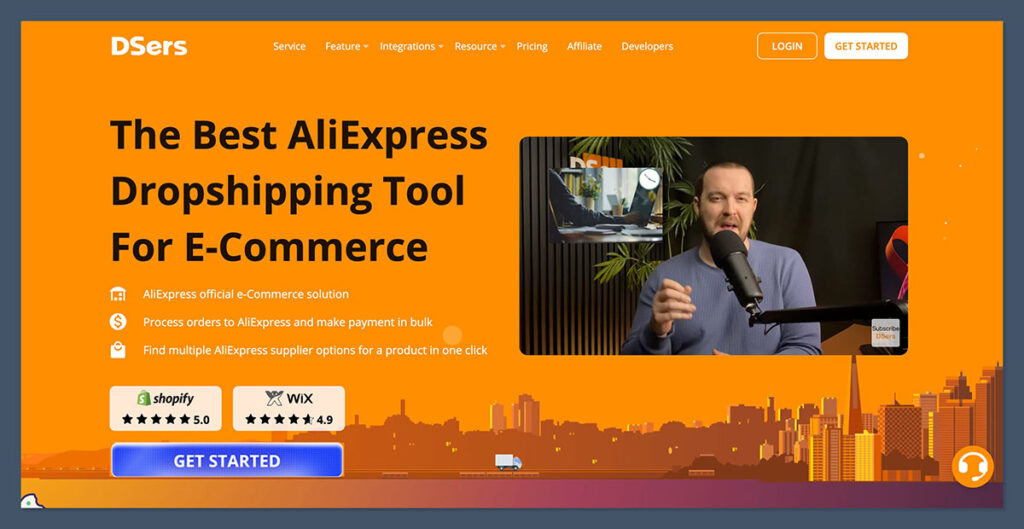
But many integrations depend on scraping or unreliable APIs. Product availability can change randomly, and if a supplier runs out, your listing breaks.
- Integrates with DSers, AutoDS, Dropified
- No official API access for most accounts
- Inventory sync isn’t always accurate
- Price fluctuations are common
Banggood
Banggood provides a full dropshipping platform — not just a marketplace. You get CSV uploads, inventory sync, real-time pricing, and direct API access.
- CSV and bulk upload available
- Dedicated dropship portal
- Cashback and tiered rewards
- Order tracking synced with most major platforms
6. Pricing and Profit Margins
AliExpress
AliExpress is known for low upfront prices, but they can fluctuate heavily. If you’re scaling, unstable pricing can destroy your margins.
You’ll often find two suppliers selling the same product with a $5–$10 difference.
- Low prices for testing
- Margin depends on supplier
- Frequent price spikes and product delistings
- No discounts for scaling
Banggood
Banggood gives better price stability, especially for electronics and branded items.
They also reward volume with tiered pricing and cashback, so the more you sell, the better your profit margin becomes.
- Predictable pricing
- Tiered discounts
- Up to 20% cashback for partners
- Consistent listings and stock management
Pros and Cons Breakdown
| Feature | AliExpress | Banggood |
|---|---|---|
| Product Range | Extremely broad | More focused, curated |
| Supplier Type | Mostly traders | Factory direct |
| Shipping Speed | 12–40 days | 2–15 days |
| Warehouses | Rare | US, UK, EU, Global |
| White Label Support | Limited | Full support |
| Branding MOQ | 100+ | 50+ |
| Refunds | 10–14 days | 24–72 hours |
| Tools and Integrations | Moderate | Strong (CSV, API, etc.) |
| Price Stability | Low | High |
| Customer Support | Weak | Dedicated and centralised |
FAQs: AliExpress vs Banggood
Which is better for beginners in dropshipping?
AliExpress — easy to start, no sign-up or commitment needed.
Can I build a white label brand with AliExpress?
Technically yes, but it’s a grind. Banggood is more white-label ready.
Does Banggood work with Shopify?
Yes. Through CSV, API, or third-party tools like AutoDS.
Are products more expensive on Banggood?
Not always. The prices are often more stable and reliable at scale.
Can I trust Banggood’s shipping estimates?
Yes — much more than AliExpress. Especially if you’re using local warehouses.
Final Thoughts
Both platforms can work — but here’s how to decide fast:
- Want to test products or run a general store? AliExpress is fine.
- Want to scale a branded store, own the packaging, and ship faster? Banggood is the better long-term play.
When you’re serious about profit margins, fewer refunds, and brand control, Banggood is built for it. AliExpress still works, but Banggood is more business-ready.
